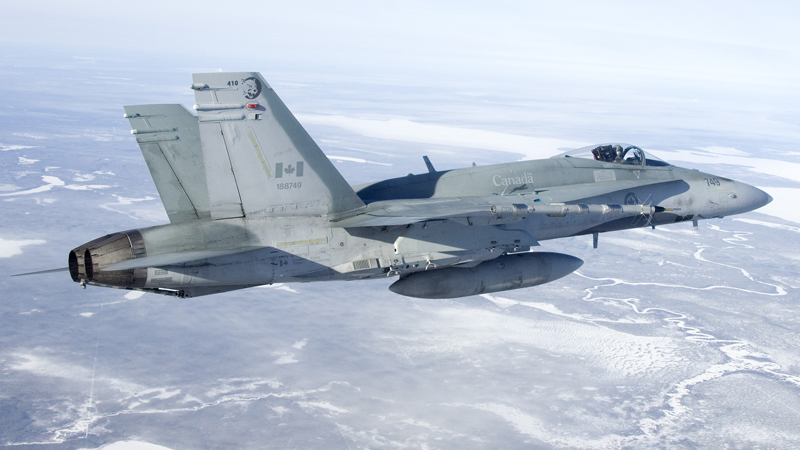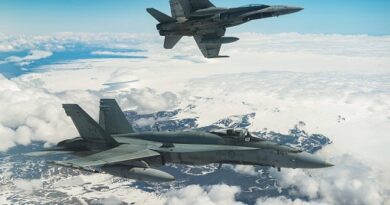Holding on to Older Aircraft
Comment on article “Air Force works to keep older planes in air longer”
Sadly, the situation the United States Air Force finds itself in is due to a number of factors.
First is the national debt which climbed from 9 trillion dollars in 2009 to 19 trillion today. The result was the closing down of the F-22 Raptor fighter production line, the elimination of numerous fighter wings, reducing the force from 42 to 26 wings, and no plans to replace the A-10 Thunderbolt II attack aircraft and other role specific aircraft.
Second was the sequestration implementation by the Obama government which drastically reduced operational readiness, training and needed upgrades.
Finally, for the past 15 years, combat operations and indeed logistic resupply et al have been conducted without an enemy air force threat of any kind. Complacency resulting from these postponed the need for forward thinking and for pursuing a doctrine of future air dominance should a real air war take place against a high tech enemy. The last minimal threat faced by the USAF was the Kosovo air war, and they faced a third rate enemy.
Overhauling and updating the current older aircraft will not stand the rigours of facing a determined enemy with fifth generation fighters with a significant inventory, e.g., the Russian federation and the Chinese.
The F-22 production line be reopened at the expense of futile upgrades and there should be a push ahead with all three versions of the F-35 Lightning II fighter for all three services. And more fighter wings and squadrons should be re-established with the additional aircraft.
There is a lesson to Canada here is that continual upgrades for an ancient airframe (the CF-188 Hornet) will not enable our pilots to fight and win the next war.




